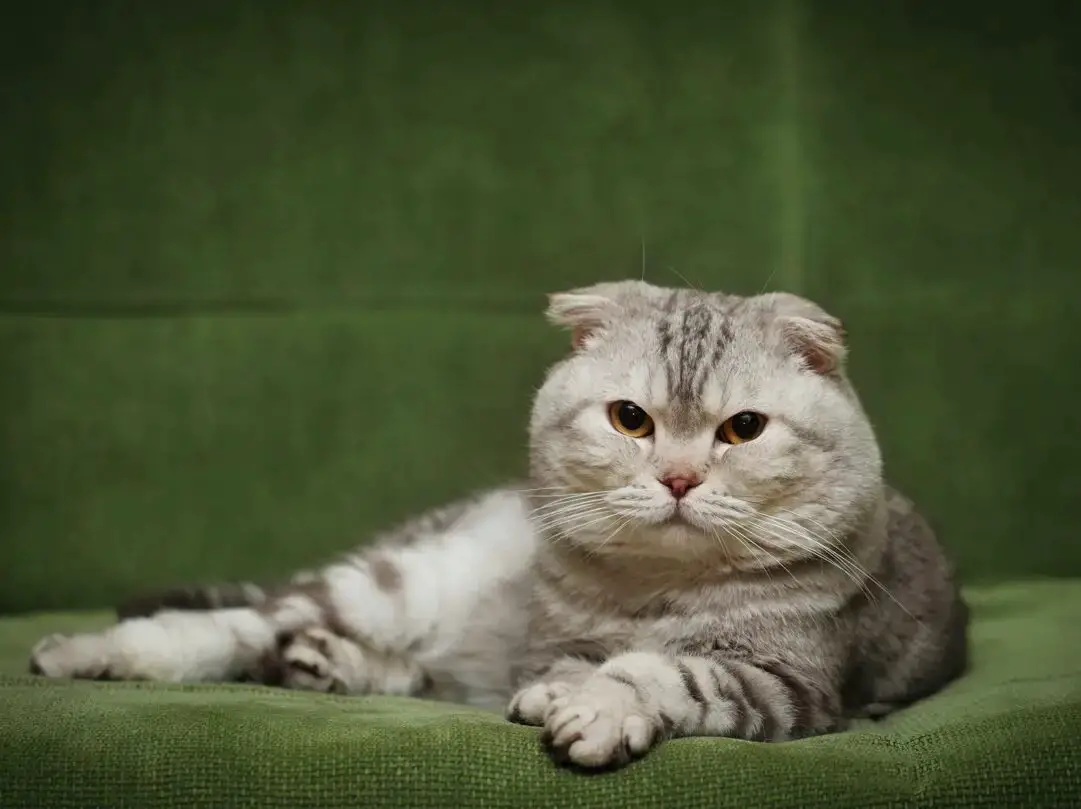At-a-Glance – Article Highlights
Designer cat breeds (and dog breeds) are problematic for the animal’s health. Many owners acquire these designer breeds without knowing or understanding the inherent health issues these pets face like arthritis, weak bones and painful arthritis.
- The Dutch government has declared its intention to ban the ownership of pets with genetic mutations that give them a “cute” appearance and cause them suffering, including flat-nosed dogs.
- These animals suffer from conditions such as headaches, arthritis and respiratory problems due to their physical characteristics.
- The government hopes to reduce demand for these animals by making people aware of the suffering they cause, and will formulate a list of physical features for objective identification of these animals.
- A transition period will be provided for current owners of affected pets.
Originally published by BMFTV
The Dutch authorities denounce the possession of pets suffering from genetic mutations. The latter give them a “cute” appearance, but also cause them suffering.
A touching appearance, but at the origin of many sufferings. The Dutch government said Friday it wants to ban the ownership of pets with genetic mutations that give them a “cute” appearance, including flat-nosed dogs.This tendency causes headaches, arthritis and respiratory problems for the animals concerned.
“These cats are in constant pain. When choosing a pet, people often choose features they find cute, such as dogs with short muzzles or cats with folded ears,” the Department of Agriculture said in a statement.
“Not all short-muzzled dogs suffer, but a short muzzle increases the risk (of suffering),” the statement said.
“There is scientific evidence that these cats are in constant pain because they have a cartilage defect caused by a specific gene.”
In particular, genetic mutations can cause respiratory problems or arthritis in the animals concerned. The ministry therefore indicates that it wants to “reduce the demand for animals with harmful external characteristics”, pointing the finger at the responsibility of social networks in this fashion.
Naar een verbod voor dieren die lijden onder hun uiterlijk. @ministerLNV Piet Adema kondigt vandaag vergaande stappen aan richting een Nederland waarin geen enkel huisdier meer hoeft te lijden onder zijn of haar uiterlijk. Meer weten? ⤵️https://t.co/WCi6OYrTLK 1/2 pic.twitter.com/EZKdPaxVpH
— Ministerie van Landbouw, Natuur & Voedselkwaliteit (@minlnv) January 20, 2023
A “big step” for animal protection
“Their owners have the best intentions but are often unaware of the dark side” of these animals and their suffering because of these characteristics, continues the ministry, which indicates that “dogs with a muzzle that is too short are, for example, constantly out of breath.”
According to recent studies, this is the case with animals such as French and English bulldogs.
“Dogs with an abnormal skull shape can have constant headaches,” Agriculture Minister Piet Adema added in a letter to parliament on Friday.
“We make life miserable for innocent animals, only because we think they are ‘beautiful’ and ‘cute’, summarizes Piet Adema. According to him, the Netherlands will take a ‘big step’ by deciding that “no pet will have to suffer from its appearance.”
The list of animals concerned still under study
The list of animals whose possession the government wants to prohibit has yet to be established. A list of physical characteristics that can be objectively determined to cause permanent suffering is under consideration, the ministry said.
“How to objectively demonstrate that an animal suffers from its appearance?” the question will be complex, recognizes the ministry.
In the Netherlands, it has already been prohibited since 2014 to breed animals that have problems related to their physical appearance. Rules have also been in force since 2019 concerning the breeding of dogs with short muzzles: those whose muzzle is less than half of their skull can no longer be bred. But there is still an illegal trade in these animals.
Piet Adema wants a ban on the possession of animals that suffer from their physical appearance, as well as the publication of their photos in advertisements or social networks. Any ban will however be followed by a transition period which will see the holders of an animal concerned being able to keep it until its death.
Our Stance on “Designer” Cat Breeds
I agree that it is cruel to breed animals for “cute” physical characteristics or genetics that make them more likely to have health problems. I think that if more people knew about this issue, they might be less likely to choose these designer breeds. For example, the Scottish Fold, Persian, and Munchkin are all cat breeds known to have health issues because of their appearance. Unfortunately, some people will do anything to get attention on social media, even if it it’s not in the best interest of the animal. What do you think?
If you found this article interesting, you might also enjoy reading about the veterinarian on TikTok who first sounded off on the breeding of painful traits for the sake of “cuteness.”
